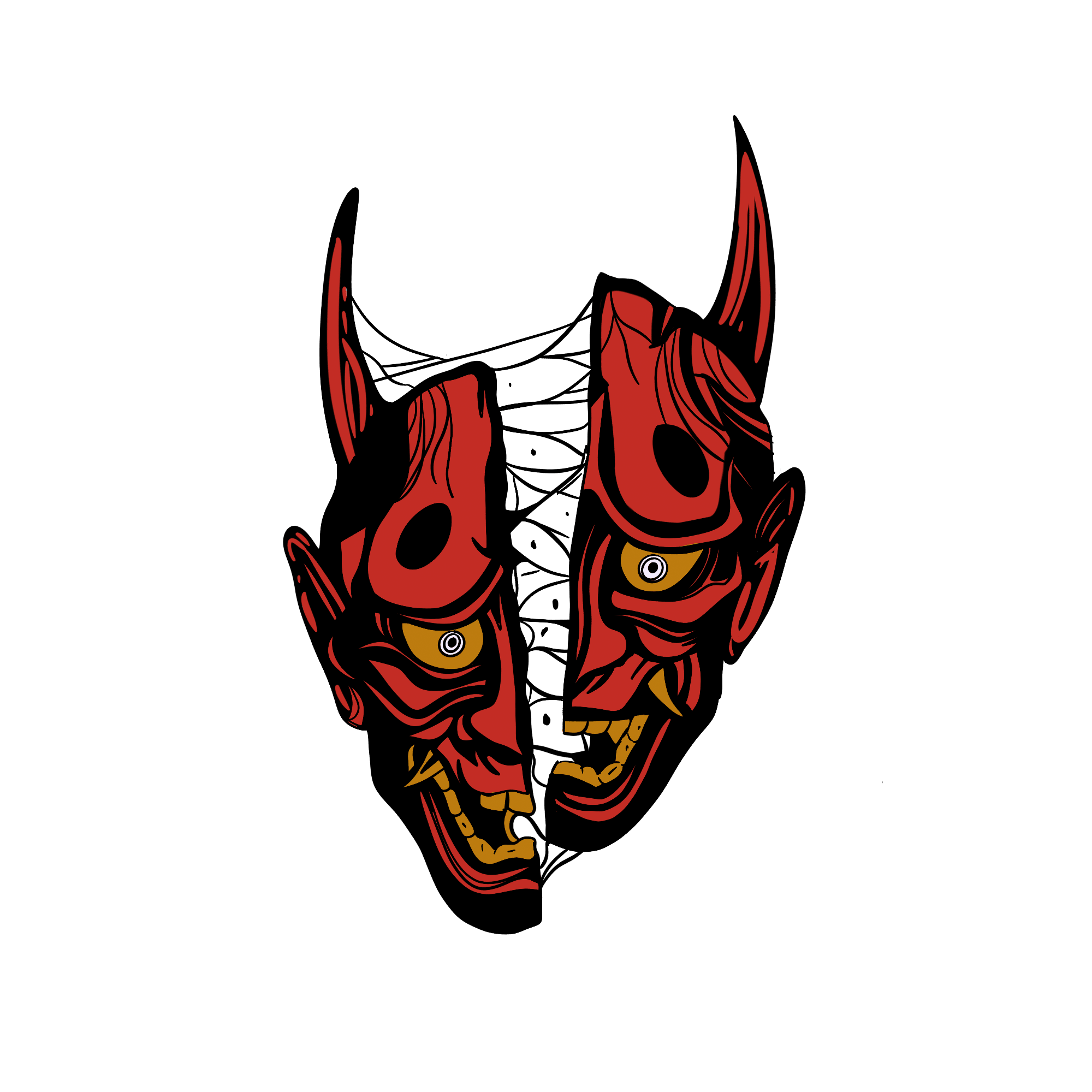AlrunesDemonesses


The vast tapestry of European folklore is replete with a myriad of beings - from malevolent specters and guardian spirits to mystical creatures and powerful deities. Among these entities, the Alrunes occupy a unique and enigmatic niche. Often mistaken for mere idols or decorative trinkets, these statues are deeply rooted in Germanic traditions and hold a profound significance that extends far beyond their physical form.
The Alrunes are described as female demons, sorceresses, or supernatural entities believed to be the mothers of the Huns, a nomadic people who once roamed the Eurasian steppes. The very term "Alrune" is derived from Old High German and is related to the term "rūna", which translates to "secret" or "whisper". This association underscores the Alrunes' perceived ability to divulge secrets and foretell the future.
Despite their shape-shifting abilities, the Alrunes always retain their female essence. They can adopt various forms, be it human or animal, but they never deviate from their inherent gender. In Germanic tradition, the most common representation of Alrunes is that of little statues, approximately a foot in height, that depict sorceresses or mythical female figures.
These statues are not mere ornaments but are venerated and regarded as living entities. Their reputed abilities include:
1. Prophecy: Alrunes are considered oracles, capable of predicting the future. This skill was highly sought after, especially during uncertain times.
2. Communication: Through subtle motions, nods, and the utterance of enigmatic words, they convey their will and knowledge to the chosen ones or their caretakers.
3. Protection and Retribution: While they bestow blessings on those who care for them, neglecting an Alrune can lead to severe consequences. It's believed that an uncared-for Alrune can cry out, invoking calamities upon the household.
Owing to the significant powers attributed to them, Alrunes were treated with immense reverence. They were often:
-Adorned Richly: They were dressed in luxurious fabrics, perhaps to appease them or as a mark of their elevated status.
-Provided Shelter: An Alrune was always given a comfortable abode, often a dedicated space within the household.
-Served Meals: Like any esteemed guest or deity, the Alrune statues were presented with food and drink during meals, reinforcing their lifelike essence.
While the worship and veneration of Alrunes might seem arcane to the contemporary observer, they are a testament to the rich and diverse beliefs of ancient cultures. They serve as a reminder of a time when the lines between the spiritual and physical worlds were blurred, and every object, animate or inanimate, held a deeper meaning.
In the ever-evolving narrative of human history, the Alrunes highlight the significance of understanding and respecting traditions, even as we move forward. Their story underscores the intrinsic human need for protection, guidance, and the quest to decipher the unknown.
Demons



